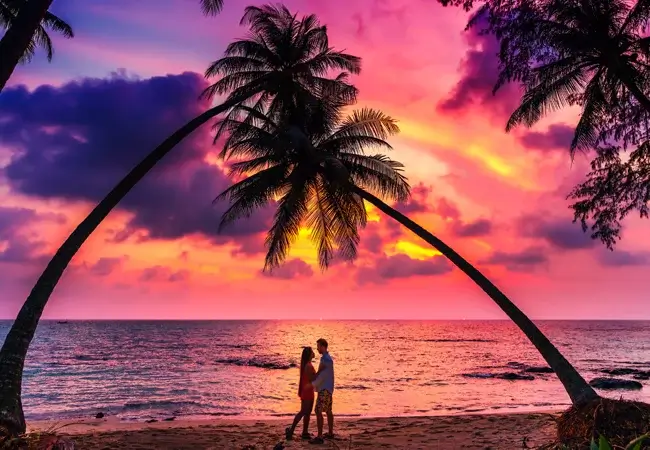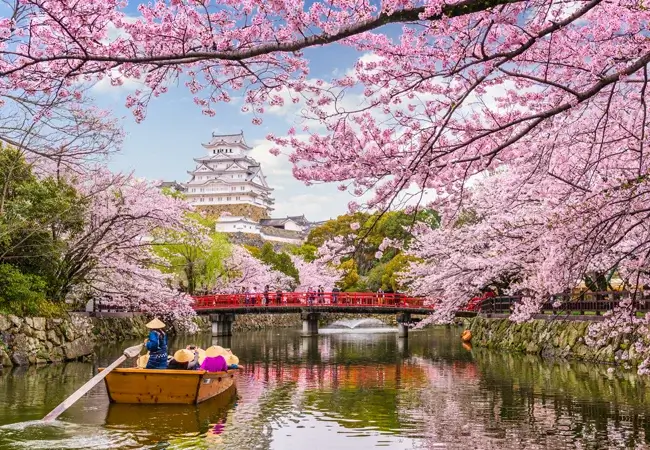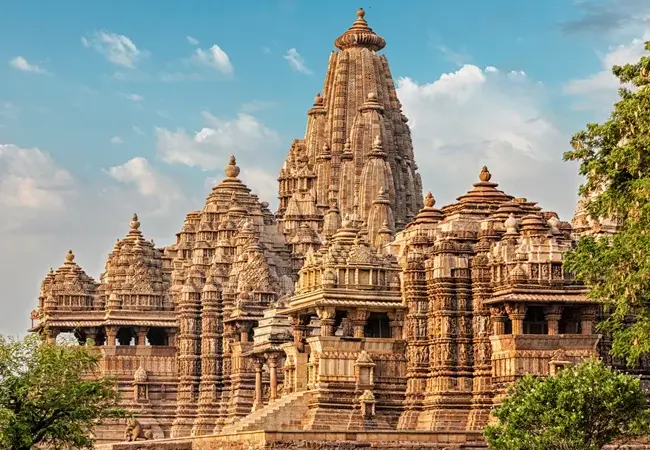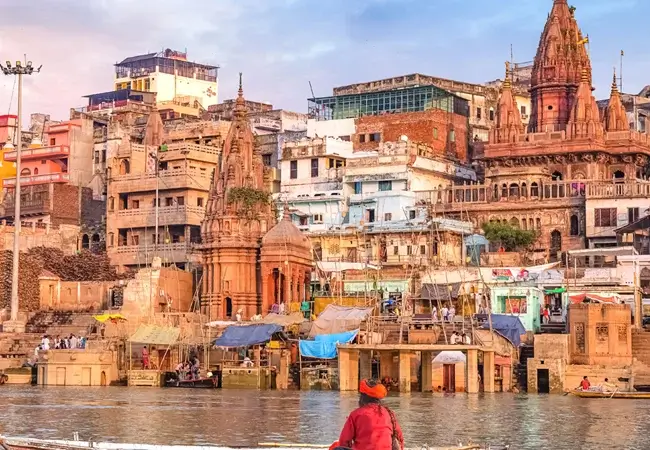India is considered to be a famous spiritual land with many mysteries still waiting to be unfolded. Every temple in India is filled with more or less mystery which increases its attraction. It is to be noted that there are some renowned temples in this country that remain overcrowded by devotees throughout the year irrespective of month and season. One such temple situated at the heart of Nilachal Hills dedicated to Goddess Parvati is the Kamakhya Temple in Assam.
It’s often said that mysterious things are considered to be more attractive and beautiful. The main reason behind this is the fact that mysterious things have the capacity to grasp the attention of people and people love solving the enigma. One such mysterious place is situated at the heart of Guwahati city of Assam called the Nilachal Hills or Kamagiri Hills.
According to popular belief, the woman genitalia of the dead Goddess Sati fell down in this region whilst her corpse was being carried through by her husband Shiva had turned the hill blue (hence called Nilachal). The stone remains wet throughout the year due to receiving a natural spring miraculously. There are other temples in the premises of Nilachal Hills glorifying the area including those of Tara, Bhairavi, and Ghantakarna. Durga Puja is celebrated in this temple every year with great enthusiasm during Navratri in the month of September-October which is a three-day long festival known to attract several visitors.

This temple is considered to be the oldest and most revered center of Tantric practices. Moreover, it is also the center of the Kulachara Tantra Marga and the very unique Ambubachi Mela (a festival celebrating the menstruation of the goddess). Kamakhya Temple dates back to the 8th to 9th century with many subsequent rebuildings- and the final hybrid architecture defines a local style called Nilachal. Besides, it also holds the record of being one of the oldest of the 51 pithas in the Shakti tradition. Hence, this place is an important pilgrimage destination, particularly for the people of Bengal in the 19th century during colonial rule.
This temple came into state power due to the influence of the Mleccha dynasty of Kamarupa, followed by Palas, the Koch, and the Ahoms. As a result, people came to know about the existence of this temple and with each passing day, the number of devotees started to increase. According to the Kalika Purana (ancient scripture) which was written during the Pala rule, Naraka (the legitimizing progenitor of the Kamarupa Kings) had some connection with the goddess Kamakhya that represents the region and the Kamarupa kingdom. Historically, the worship inside this temple progressed in three phases- yoni under the Mlecchas, yogini under the Palas, and lastly, the Mahavidyas under the Kochs.
The main temple of Kamakhya remains surrounded by a complex of individual temples dedicated to the ten Mahavidyas of Shaktism namely, Kali, Tara, Tripura Sundari, Bhuvaneswari Bhairavi, Chinnamasta, Dhumavati, Bagalamukhi, Matangi and Kamalatmika. Out of these temples, only Tripura Sundari, Matangi and Kamala are part of the main temple and the rest seven reside in individual temples.

On the basis of the current structure and the rock-cut sculpture found in the vicinity, it can be concluded that this temple has been built and renovated many times in the periods 8th to 9th, 11th to 12th, 13th to 14th centuries, and even later. The reason for these renovations may be natural calamities, decoration, modification, or other. The current form has remained unchanged since the beginning of the 16th century which has ultimately given rise to a hybrid indigenous style that is sometimes called the Nilachal type (a temple with a hemispherical dome on a cruciform base).

The Ambubachi Mela is an annual Hindu Mela (gathering) held at Kamakhya Temple and is celebrated during monsoon season. According to popular belief, Goddess Kamakhya (the mother Shakti) enters her annual cycle of menstruation during this time of the year as a result of which, the temple remains closed for three days. It is also believed that during the monsoon season, the creative and nurturing power of Mother Earth also increases. This Mela is also known as the Tantric fertility festival as many Tantric saints make their public appearances during these three days and remain in seclusion for the rest of the year. These saints are believed to have psychic powers. Thus, devotees can visit this mela for an unforgettable experience.
This temple is located on Peacock Island which lies at the heart of the mighty Brahmaputra River. This serene place of worship holds the faith of millions of people and has derived its name after Lord Shiva. The name “Umananda” has been generated from two Hindi words namely ‘Uma” which is another name for the wife of Lord Shiva’s wife Goddess Shakti and “Ananda” which means happiness. Besides, Peacock Island is one of the smallest inhabited islands and possibly one of the most beautiful too. The surrounding of this temple has a divine environment that tends to attract a large number of pilgrims every year.
The temple is situated on the top of a hill called Bhasmakala or Bhasmakuta. It was originally constructed under the supervision of King Gadadhar Singha in the year 1694 A.D. Though it suffered noticeable damage due to an earthquake in 1897, later on, was rebuilt by a wealthy local merchant.

ISKCON stands for International Society for the Krishna consciousness which is a religious society founded in New York in the year 1966 by Bhaktivedanta Swami Bhagavatam. The society has received international recognition and various temples have been constructed in different parts of the globe. ISKCON Guwahati is one of the temples under the parent organization and is dedicated to Lord Krishna. It is located on a hilltop of the Ulubari Chariali area of the capital city. It has mainly been constructed using white marble that doubles its charm and also adds a stunning look to the architecture of the building.
Pobitora Wildlife Sanctuary is a wildlife sanctuary located on the southern bank of the Brahmaputra in the Morigaon district of Assam (55.4 km from the state capital Guwahati). Spread across an area of 38.85 km2, this area was declared a wildlife sanctuary in the year 1987. It holds the record for housing the largest Indian rhinoceroses populations in Assam.
The grassland vegetation of this wildlife sanctuary consists of at least 15 grass species including Cynodon dactylon, whip grass (Hemarthria compressa), vetiver (Chrysopogon zizanoides), southern cutgrass (Leersia hexandra) and many more. The grassland is considered to be the main source of food resources and habitat for the Indian rhinoceros, hosting Assam’s second-largest population.

The best time to visit Guwahati is from October to March because, during this period, the weather is mostly pleasant.














